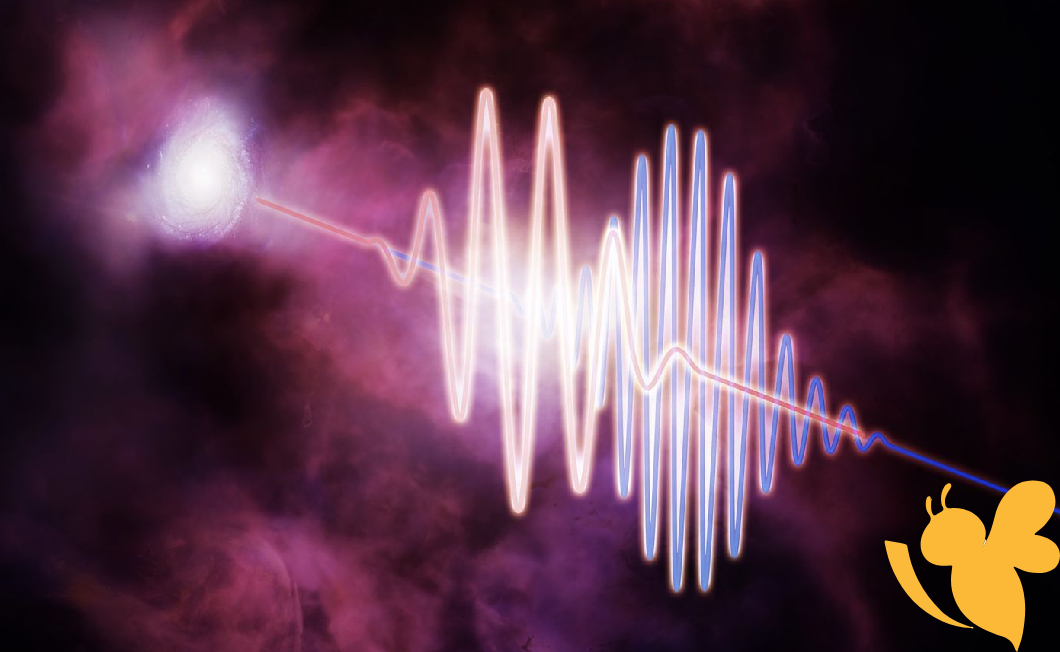Fast Radio Bursts (FRBs) have emerged as a pivotal tool for astronomers in their quest to locate the universe's elusive missing matter. These brief yet intense flashes of radio waves serve as cosmic beacons, illuminating the intergalactic medium that contains ordinary matter, which has been difficult to detect directly . A recent study published in”Nature Astronomy” examined 69 FRBs, including the most distant ones ever observed, utilizing an extensive network of radio telescopes to analyze their properties. This research not only sheds light on the distribution of "normal" baryonic matter but also addresses long-standing questions regarding the "missing baryon problem" .
Dark matter and dark energy make up most of the universe. Dark matter is an enigmatic substance that shapes the cosmos, while dark energy is a force that accelerates the expansion rate of the universe, according to NASA. Both are impossible to directly observe but can be detected due to their gravitational effects.
But the rest of the universe is made of cosmic baryons, or ordinary matter, which can be found in tiny particles called protons and neutrons.
“If you add up all the stars and planets and cold gas that you see with your telescopes, it only amounts to less than 10% of ordinary matter in the universe,” said Liam Connor, assistant professor of astronomy at Harvard University.
In a new study in Nature Astronomy, a team of astronomers at Caltech and the Center for Astrophysics | Harvard & Smithsonian (CfA) has, for the first time, directly detected and accounted for all the missing matter. To do this, the team used brief, bright radio flashes in the distant cosmos, called fast radio bursts (FRBs), to illuminate the matter lying between the FRBs and us.
These FRBs, though fascinating in their own right, were used in this study to detect the missing ordinary matter; other techniques had only hinted at its existence. As radio-frequency light travels from the FRBs to Earth, the light becomes spread out into different wavelengths like a prism turns sunlight into a rainbow. The degree of this spreading, or dispersion, depends on how much matter is in the path of the light.
The significance of this study lies in its methodology; by measuring how FRB signals interact with intergalactic structures—often referred to as cosmic fog—scientists can effectively quantify this otherwise invisible matter . The ability to weigh these faint clouds allows researchers to construct a more comprehensive understanding of the universe's composition and evolution. Consequently, FRBs represent not just a phenomenon in astrophysics but also a key that unlocks further insights into fundamental cosmological questions.
Read more
Apollo astronauts found tiny orange glass beads on the moon CDC advises summer camps to verify measles immunity amid rising U.S. casesSara H
Also on site :
- Senate tax bill revision sets stage for House conflict
- CDC urges summer camps to confirm measles immunity due to increasing U.S. cases
- Apollo astronauts found tiny orange glass beads on the moon

